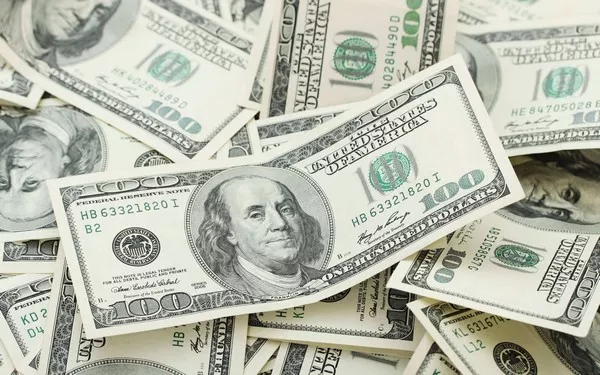Eg. High frequency trading; And; Algorithmic trading ” Such labels, for those unfamiliar with FX knowledge of trading platforms technology recent innovations, and for hedge funds. High frequency; To those of you who are not familiar with the branch, it may sound like some of the newcomers are not good.
1. High frequency trader
High-frequency traders and high-frequency traders refer to those who are highly mathematically relevant and use computerized algorithms to analyze real-time market data and then place orders and execute sound trading strategies in nanoseconds. As the name suggests, high-frequency traders and traded funds are sensitive to market speed and methods of entry.
These traders are not long-term holders. They often hold positions for only a few seconds and rarely end the day with their positions still in place. In extreme situations, they may make hundreds of trades.
In the United States, it is estimated that 70% of stock traders may be high-frequency traders. There is evidence that this method of trading is also popular in Asia and Europe, and is well accepted in the currency markets, but the pace of its growth depends on how much technology advances.
2. Algorithmic traders
Algorithmic traders are an offshoot of high frequency trading. Trading orders are completed by computer algorithm programs, which determine all aspects of trading orders, such as time, price and order quantity, without human intervention. Banks use algorithmic trading to effectively hedge risk, or to automatically execute liquidated positions to reduce risk.
For investors and other participants, algorithmic trading is used to execute strategies, whether to diversify trades, reduce impact, or identify arbitrage opportunities among multiple price points or market makers. An estimated 40% of foreign exchange transactions are done this way, up from 30% in 2007. Algorithmic traders are receiving attention from market regulators such as the International Council of Securities Associations and the Australian Securities and Investments Commission, which support technological innovation in the market as a whole but are also responsible for managing risk and the efficiency of exchange trading institutions.
Although these algorithmic traders are better known in the stock market, they also participate in the foreign exchange market. It was these types of traders who led to the market on May 6, 2010. flash The Dow was down about 900 points, or 9%, by the end of the day, only to recoup those losses within minutes. The market blamed high-frequency trading and algorithmic traders, who were found to have pulled out of the market only to return when the index rebounded.




























